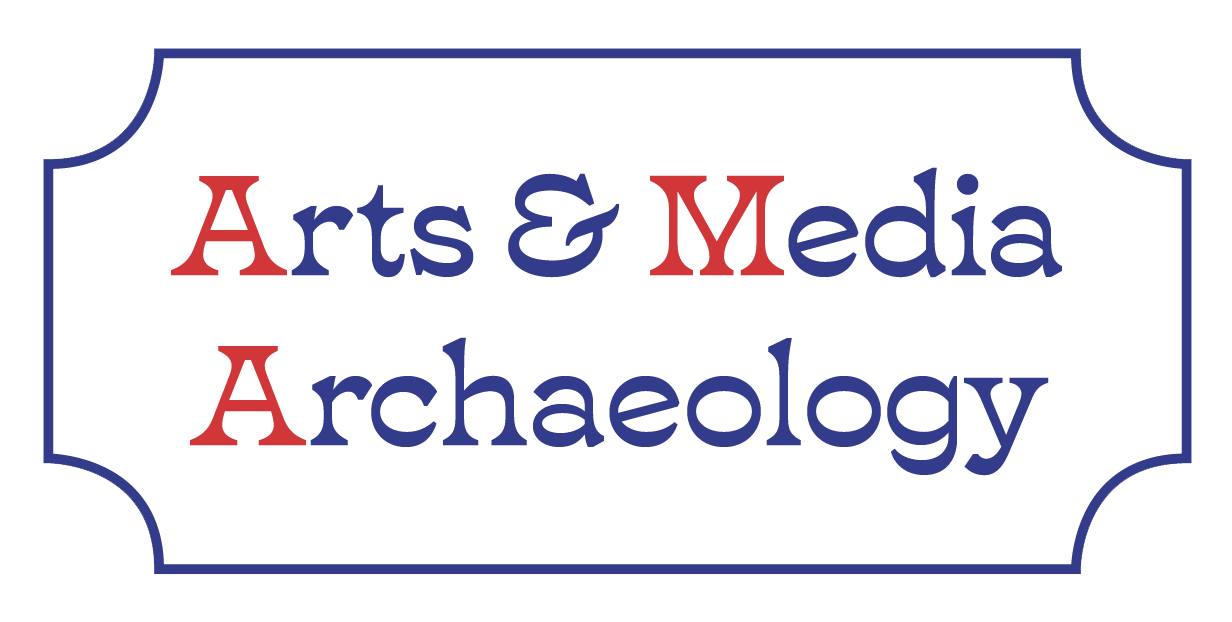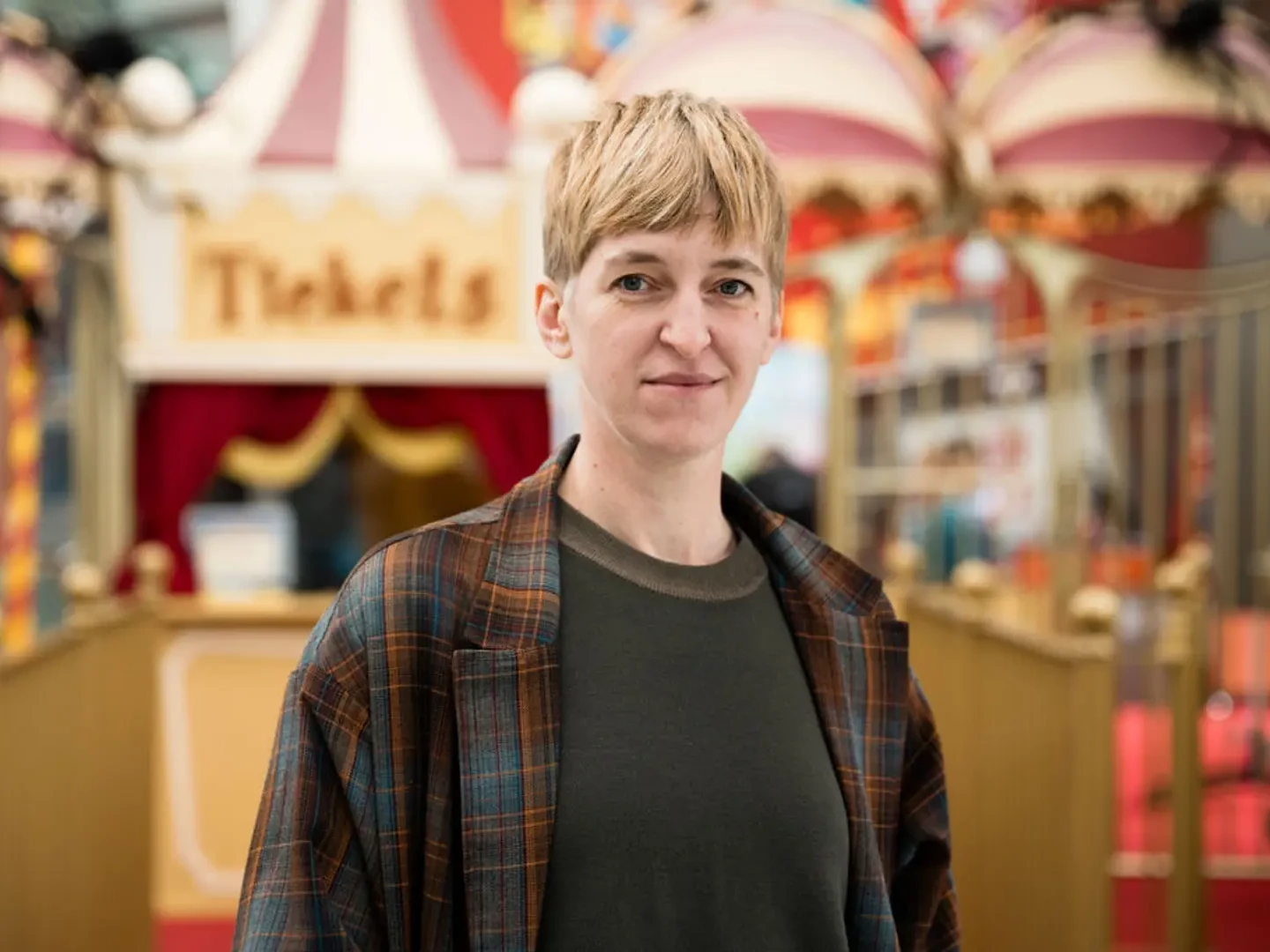Decoding Fairground Newspapers: Analysing History with Large Language Models
20 March 2024
Can large language models (LLMs) and artificial intelligence (AI) unlock the secrets hidden within historical documents, such as showpeople periodicals? This question propelled researchers from the universities of Antwerp, Luxembourg, and Marburg to explore the potential of LLM/AI in a one-day workshop. On 12 March 2024, scholars from the University of Antwerp (ARIA), the University of Luxembourg (C2DH), and the University of Marburg (Institute for Media Studies) joined forces to conduct preliminary tests for an interdisciplinary research project. This international group of researchers aims…
Leave more room for chance, intuition and unexpected twists
18 December 2023
Nele Wynants is a professor of art and theatre studies at UAntwerp. Her research is on the interface of science, media and performance. In her EU-funded project Science at the Fair, she explores the world of travelling science shows in the 19th century. She told us about how the project came about and made a passionate plea for more room for chance, intuition and unexpected twists in research. When we think about ‘science for the public at large’, the first thing that comes to mind nowadays is large science museums or interactive experiences such as Technopolis. In the 19th century, however,…
Funfair culture to be recognized by UNESCO as intangible cultural heritage?
26 January 2023
This past year-end, the Musée des Arts Forains in Paris celebrated funfair culture as intangible heritage in a new edition of the Festival du Merveilleux (Festival of Wonder). The unique museum in the Pavillons de Bercy convincingly demonstrated that the funfair is a living culture that exists only by virtue of performers and entertainers interacting with an audience. Spanning 12 days, more than 5,000 visitors a day could witness how this enchanting place beyond time set the stage for a dazzling programme of live shows, music and dance. During the festival, the historic funfair attractions,…
Researching the history of fairgrounds is detective work
18 October 2022
How can we study nineteenth century fairground culture? How do we piece together a historical narrative based on limited and fragmentary sources? Most travelling fairground attractions left few traces, except for fragments in the form of flyers, posters, program booklets, newspaper reports, postcards and occasional photos. But sometimes, miraculous discoveries are made. One happened when Thomas Weynants discovered items from a forgotten travelling theatre at a flea market in Ghent. Weynants and Erkki Huhtamo discussed the rediscovery of Théâtre Morieux de Paris during a visit to the SciFair…
Learning from the fairground
12 October 2022
It might be hard to image for generations that grew up with the Sinksenfoor, but 150 years ago, people could learn something new at the yearly funfair. With her project Science at the Fair, Nele Wynants and her team research how itinerant showpeople and museums played an important role in the circulation and popularization of science, knowledge, and visual culture. In so-called anatomical cabinets, zoological and anthropological museums and scientific theatres, itinerant showpeople demonstrated "wonders of nature" and spectacular scientific developments at the annual funfair. Many of today’s…





